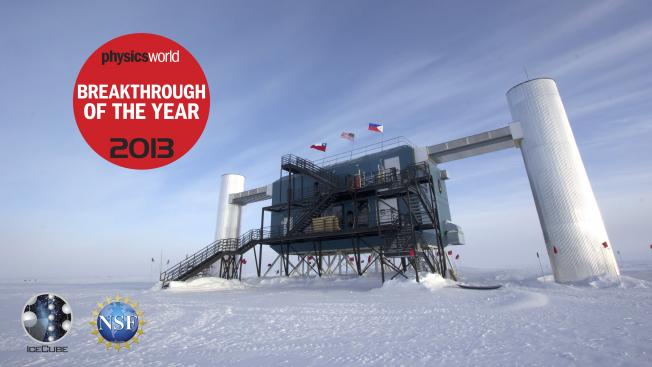No cosmological domain wall problem for weakly coupled fields
ArXiv hep-ph/0106272 (2001)
Abstract:
After inflation occurs, a weakly coupled scalar field will in general not be in thermal equilibrium but have a distribution of values determined by the inflationary Hubble parameter. If such a field subsequently undergoes discrete symmetry breaking, then the different degenerate vacua may not be equally populated so the domain walls which form will be `biased' and the wall network will subsequently collapse. Thus the cosmological domain wall problem may be solved for sufficiently weakly coupled fields in a post-inflationary universe. We quantify the criteria for determining whether this does happen, using a Higgs-like potential with a spontaneously broken $Z_2$ symmetry.No cosmological domain wall problem for weakly coupled fields
(2001)
Evidence for an inflationary phase transition from the LSS and CMB anisotropy data
NUCL PHYS B-PROC SUP 95 (2001) 66-69
Abstract:
In the light of the recent Boomerang and Maxima observations of the CMB which show an anomalously low second acoustic peak, we reexamine the prediction by Adams et al (1997) that this would be the consequence of a 'step' in the primordial spectrum induced by a spontaneous symmetry breaking phase transition during primordial inflation. We demonstrate that a deviation from scale-invariance around k similar to 0.1 h Mpc(-1) can simultaneously explain both the feature identified earlier in the APM galaxy power spectrum as well the recent CMB anisotropy data, with a baryon density consistent with the BBN value. Such a break also allows a good fit to the data on cluster abundances even for a critical density matter-dominated universe with sere cosmological constant.Low-scale inflation
ArXiv hep-ph/0103243 (2001)



